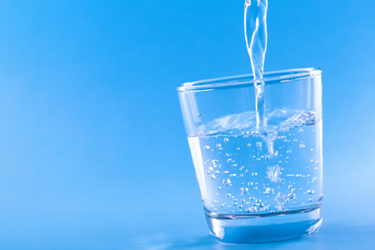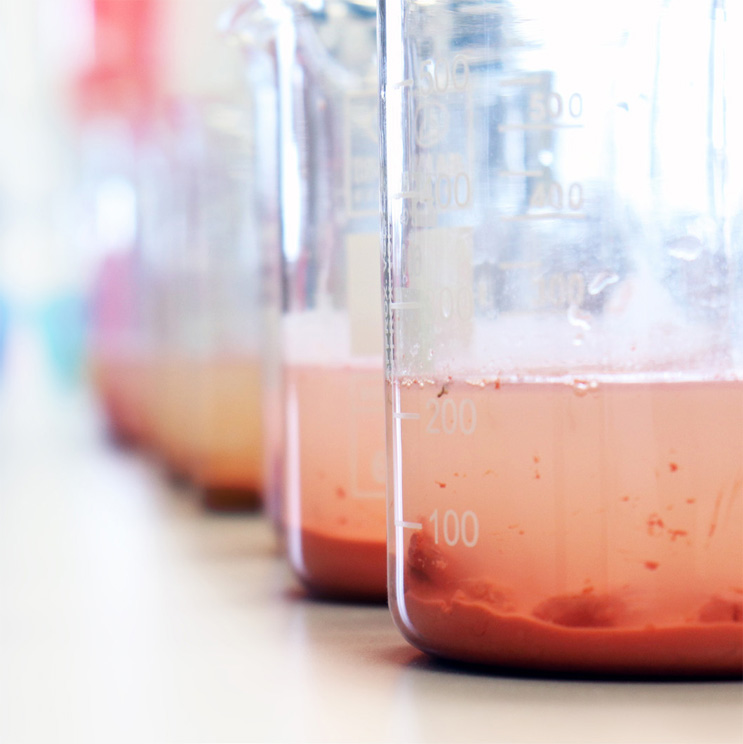Safe Water For All: New Advancements In Monitoring Technology
By Ellie Gabel

As water management issues proliferate due to scarcity, contamination, and stricter regulations, monitoring solutions are rising to meet the challenge.
Water quality monitoring is crucial to ensure everyone has access to filtered, sanitized drinking water. It’s becoming increasingly important as the population grows and climate change leads to water scarcity, contamination, and rainfall unpredictability. How are engineers creating innovative solutions to monitor drinking water?
Microbial Fuel Cell Biosensors
Researchers at Ritsumeikan University in Japan have invented a cost-effective way to monitor water quality in lakes and rivers. The device, which uses floating biosensors1 to monitor freshwater quality, is composed of carbon-based materials and is a type of microbial fuel cell (MFC).
The device’s anode contains soil and electrogenic bacteria, which give off an electrical charge as they break down organic matter. The microorganisms produce more energy as the amount of organic water pollution increases around them. Their electrical charge powers an LED that starts flashing when the contamination level rises above a certain threshold. The light blinks faster as pollution rates increase.
Importantly, the device doesn’t require a battery because it produces its own electricity. It shows promise as an early detection system for monitoring freshwater resources.
The OASIS Device
Students from the University of Bath in England have created a portable water quality sensor. Called OASIS — an acronym for On-site Aquatic Safety Inspection System — the device rapidly analyzes water quality and plots the results on a map. It combines water diagnostic tools with GPS technology to accomplish this feat.
Dipping OASIS in water triggers the device’s electrochemical sensors, which can detect fluorides, nitrates, and chlorides. The sensors can also determine a water source’s pH level, turbidity, and temperature. The results appear on the OASIS device and any connected smartphones. Device users can upload and share the results online.
OASIS holds great promise for rural communities that use wells, which can often be contaminated. In some parts of the U.S., for example, around one in six wells2 contains bacteria. The combination of quick, accurate results and GPS mapping from the OASIS device could give farmers and landowners valuable insights into the cleanliness of their water.
Satellite And Drone Imaging
Water isn’t always easily accessible, especially in wilderness areas. Testing can be difficult and expensive. Now, however, the University of Alabama is creating software that will allow freshwater monitoring and assessment using satellites and drones.
With support from the Water Research Foundation and a partnership with the University of Cincinnati, researchers aim to produce water quality monitoring tools that resource managers can use in any setting. The project will use drone hyperspectral and satellite multispectral remote sensing technologies alongside on-location surveys. Once developed, this software could reduce the time and cost associated with monitoring inaccessible lakes and reservoirs.

Inland freshwater resources are experiencing widespread decline, including issues with algal blooms, eutrophication, and high turbidity. Drones and satellites will help gauge an ecosystem’s health and detect anomalies in time to warn the public about water quality issues.
The Water Research Foundation has raised nearly $200,000 for the project3 and expects to complete it in 2025.
A New Water Mixing Technique
Researchers from Texas A&M University have found an innovative way to monitor a key process of water purification — and fast. Untreated water often contains bacteria, viruses, and protozoans that are too small to be easily filtered out. Wastewater treatment centers use chemicals to form large clumps in the water, called flocs, to filter out pathogens in bigger quantities. This process is called flocculation.
Flocculation is a precise science. If the water and chemicals do not mix properly, the pathogens won’t clump together very well — if at all — and could pass through the filters, contaminating drinking water. Mixing the water too intensely results in clumps forming but immediately breaking apart. Flocculation is also one of the most energy-intensive steps of water purification, so it’s crucial to minimize errors to keep costs and carbon emissions low.
The new water mixing technique monitors the shape and size of flocs and water mixing intensity in one step, in real time, making it easier to take accurate measurements. This method would be useful to improve flocculation while minimizing energy use. Researchers can non-intrusively monitor the mixing process by shining a green laser on a jar filled with water, highlighting how the water moves and forms flocs. They can also precisely control the reaction and analyze heterogeneities within the reactor, offering a way to optimize the process to create the right type of flocs. The technique could be profoundly useful for monitoring and addressing water quality issues within water treatment plants.
A Clear Path Forward
Fresh, clean water is a basic human right, but it isn’t a guarantee — we have to procure it. Creating new monitoring technologies will make it easier than ever to test and treat contaminated water, expanding people’s access to water for drinking, cooking, and bathing. The world’s water sources may be becoming more vulnerable, but scientists are making waves in the monitoring industry.
References:
- https://www.sciencedirect.com/science/article/abs/pii/S1369703X23002826
- https://longsecowater.com/blog/what-bacteria-can-be-found-in-drinking-water
- https://www.waterrf.org/research/projects/satellite-and-drone-remote-sensing-models-and-tools-water-quality-monitoring-and
About The Author

Ellie Gabel is a science writer specializing in environmental science and innovative technologies. She can be reached at ellie@revolutionized.com.
